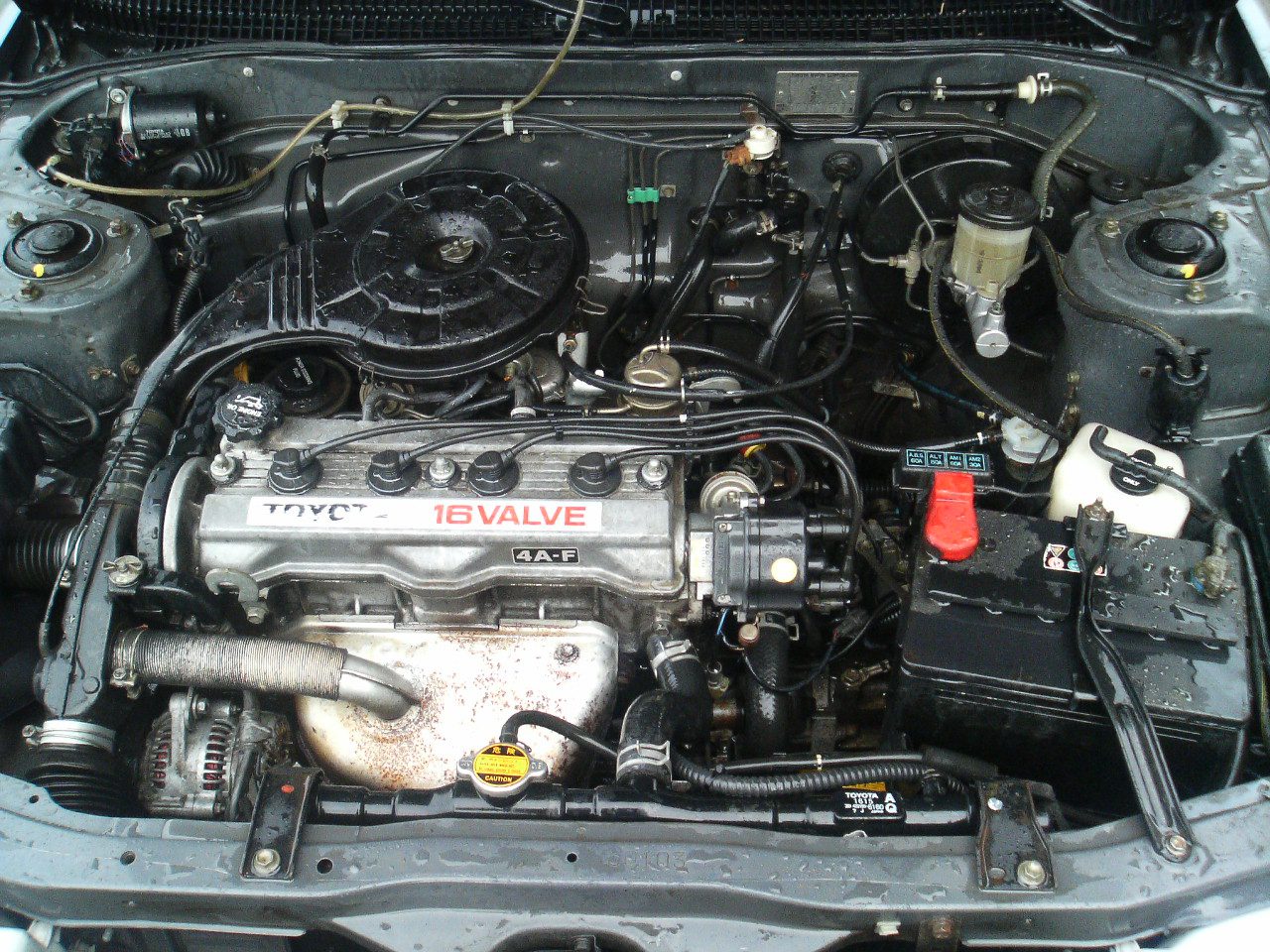Check Out the most recent Patterns in Engine Innovation With Tazz
In the quickly evolving landscape of automobile innovation, Tazz stands at the leading edge, highlighting significant advancements in engine systems that focus on both advancement and sustainability. From crossbreed engines that enhance fuel efficiency to the emergence of hydrogen fuel cells, the fads shaping modern-day powertrains are not only boosting performance but also addressing crucial environmental difficulties.
Crossbreed Engine Innovations
Crossbreed engine innovations stand for a pivotal change in vehicle innovation, integrating the advantages of internal combustion engines with electric propulsion systems. This assimilation not only boosts fuel efficiency however likewise decreases discharges, conference increasingly rigid ecological policies. By utilizing both power resources, hybrid engines can maximize efficiency, supplying power when required while saving fuel during less demanding driving problems.
Recent innovations in hybrid innovation consist of renovations in battery efficiency and regenerative braking systems. These technologies enable better energy healing during deceleration, which can be redirected to assist in acceleration or power accessory systems. Makers are concentrating on light-weight products and small styles to maximize the effectiveness of crossbreed powertrains.
The advancement of plug-in crossbreeds has actually also broadened the market, making it possible for drivers to bill their vehicles making use of standard electric outlets. This function commonly permits for significant all-electric range, additional decreasing reliance on typical fuels. tazz. As the auto market remains to develop, hybrid engine technologies are anticipated to play a crucial duty in linking the void between standard vehicles and fully electric designs, providing a transitional option that caters to diverse consumer demands and choices
Breakthroughs in Electric Powertrains
The automobile landscape is swiftly developing, with electric powertrains becoming a leading pressure in sustainable transport. Advances in electrical automobile (EV) modern technology are considerably improving effectiveness, performance, and user experience. Trick developments include enhancements in battery chemistry, which have enhanced energy thickness, decreased charging times, and prolonged general battery life.
Solid-state batteries, for instance, guarantee to revolutionize the marketplace by giving better security and performance contrasted to typical lithium-ion cells. Advancements in regenerative braking systems are making it possible for vehicles to recoup energy during deceleration, adding to total efficiency.
In enhancement to battery modern technology, electric motor designs are ending up being extra sophisticated. Innovations such as incorporated electric motors and progressed thermal administration systems are assisting to maximize power shipment and lower weight, eventually enhancing automobile characteristics.

Collectively, these developments underscore the commitment to transition in the direction of cleaner, extra reliable transportation services, positioning electric powertrains at the center of automotive technology.
The Surge of Hydrogen Gas Cells
Increasingly, hydrogen gas cells are getting grip as a sensible alternative to standard internal combustion engines and battery electric automobiles. This technology takes advantage of the chemical energy saved in hydrogen, converting it into electrical power via an electrochemical response with oxygen. The primary by-product of this procedure is water, making hydrogen gas cells an ecologically pleasant alternative with zero exhausts at the tailpipe.

Automakers are significantly buying hydrogen fuel cell innovation, identifying its potential for long-range applications and fast refueling abilities that measure up to conventional fuels. Furthermore, markets such as sturdy transport and public transit are particularly appropriate for hydrogen gas cells, where battery electrical solutions may fail because of weight and variety restrictions.
As study and financial investment remain to expand, hydrogen fuel cells are poised visit their website to play a significant role in the future landscape of clean transportation and energy services.
Enhancements in Internal Combustion Engines
Advancements in inner burning engine (ICE) modern technology are changing typical lorries to fulfill contemporary ecological requirements and performance expectations. Among one of the most considerable enhancements entails the integration of innovative gas shot systems. These systems optimize the air-fuel mixture, improving combustion effectiveness and resulting in decreased exhausts. Straight gas injection, for example, permits far better atomization of gas, resulting in even more full combustion and enhanced power output.
Additionally, turbocharging has actually gotten importance, allowing smaller engines to provide higher efficiency without the weight of larger engines - tazz. This innovation not just improves effectiveness yet additionally adds to reduce gas intake. Variable valve timing systems are likewise being improved, enabling engines to adapt to various driving conditions for enhanced torque and responsiveness
Moreover, the usage of light-weight materials in engine building is coming to be conventional, more enhancing fuel effectiveness by decreasing general vehicle weight. Engine control devices (ECUs) are progressively advanced, allowing real-time changes that optimize efficiency and exhausts.
These enhancements jointly symbolize a critical change in ICE technology, lining up with global sustainability objectives while still supplying the performance motorists anticipate from their cars. As the market progresses, these improvements remain to shape the future of conventional vehicle design.
Future Patterns in Engine Efficiency
Considerable improvements in engine performance are expected as producers concentrate on integrating cutting-edge innovations to satisfy rigorous environmental regulations and customer needs. The shift towards electrification, hybrid systems, and different helpful resources fuels is reshaping the vehicle landscape, driving developments that enhance gas economy and decrease discharges.
Among the vital trends is the implementation of advanced materials and producing methods. Lightweight compounds and high-strength alloys add to reduced lorry weight, therefore enhancing total efficiency. Furthermore, the fostering of turbocharging and variable valve timing technologies enables boosted power outcome from smaller sized engines, even more boosting gas economic climate.

Final Thought
Advancements in crossbreed engine systems, electrical powertrains, and hydrogen fuel cells show a commitment to decreasing emissions while boosting performance. Enhancements in interior burning engines and a focus on light-weight materials add to overall engine efficiency.
From crossbreed engines that enhance gas efficiency to the introduction of hydrogen gas cells, the patterns shaping modern powertrains are not just enhancing performance yet additionally dealing with important environmental challenges.Crossbreed engine developments represent a crucial change in automobile modern technology, combining the advantages of interior combustion engines with electrical propulsion systems.In addition, turbocharging has actually acquired prestige, enabling smaller sized engines to deliver higher efficiency without the weight of larger engines. Additionally, the adoption of turbocharging and variable valve timing modern technologies enables for enhanced power outcome from smaller sized engines, further improving fuel economic situation.
Enhancements in interior combustion engines and an emphasis on light-weight materials add to overall engine performance.